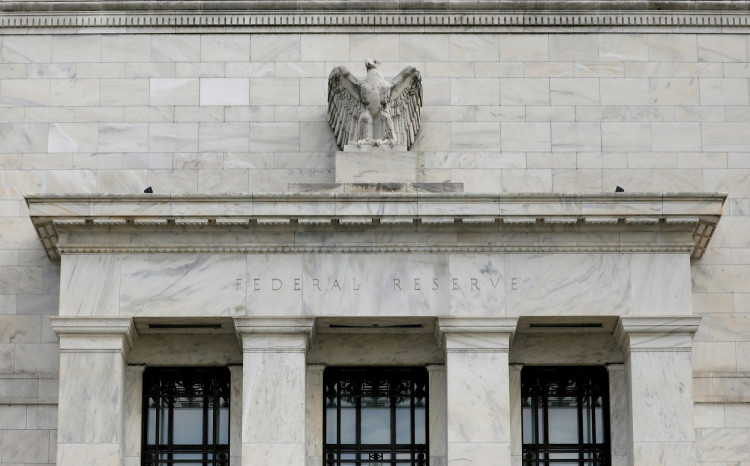The Federal Reserve decided to hold interest rates steady on Wednesday, maintaining the target range between 5.25% and 5.5% for the sixth consecutive time since July 2022. The unanimous decision by the Federal Open Market Committee (FOMC) comes amid concerns over the lack of further progress in bringing inflation down to the central bank's 2% target.
In its latest policy statement, the Fed acknowledged that while inflation has eased over the past year, it remains elevated. The statement also included a new sentence highlighting the stalled progress, stating, "In recent months, there has been a lack of further progress toward the Committee's 2% objective." This addition suggests that the Fed is becoming increasingly concerned about the persistence of inflationary pressures.
Despite the lack of progress on inflation, the Fed maintained its overall assessment of economic growth, noting that the economy "continued to expand at a solid pace" and that "job gains have remained strong and the unemployment rate has remained low." The labor market has been a bright spot in the economy, with the unemployment rate staying below 4% for more than two years, the longest stretch in half a century.
However, the Fed's statement also hinted at a possible stall in the movement towards more balance in the economy. While the March statement suggested an improving dynamic, saying that the risks to the economy "are moving into better balance," the new statement indicated that the process may have stalled, with risks having "moved toward better balance over the past year."
Omair Sharif, president of Inflation Insights, interpreted the Fed's statement, saying, "The Committee marked to market on inflation by noting that Q1 data didn't show the additional progress that they hoped to see, but the statement also suggested that they would not view further labor market strength through an inflationary lens."
The Fed's decision to hold rates steady has complicated its projections of lower interest rates this year. Just one month ago, the CME FedWatch tool showed strong odds of two rate cuts in 2022, but those odds have now dropped to an estimated 40% chance of one rate cut before the end of the year. Financial markets have also braced for higher rates, with the yield on the 2-year Treasury note topping 5% for the first time since last fall.
In addition to the rate decision, the Fed announced that it would slow the pace of its balance sheet run-off, a process known as quantitative tightening, which has been underway for nearly two years. Beginning in June, the Fed will reduce the pace of decline of its Treasury securities by more than half, from $60 billion to $25 billion per month, while the rolloff of mortgage-backed securities will remain unchanged at $35 billion per month.
The step is meant to ensure that the financial system does not run short of reserves, as happened in 2019 during the Fed's last round of quantitative tightening. While the move could potentially loosen financial conditions at a time when the central bank is trying to maintain pressure on the economy, policymakers insist that their balance sheet and interest rate tools serve different purposes.






